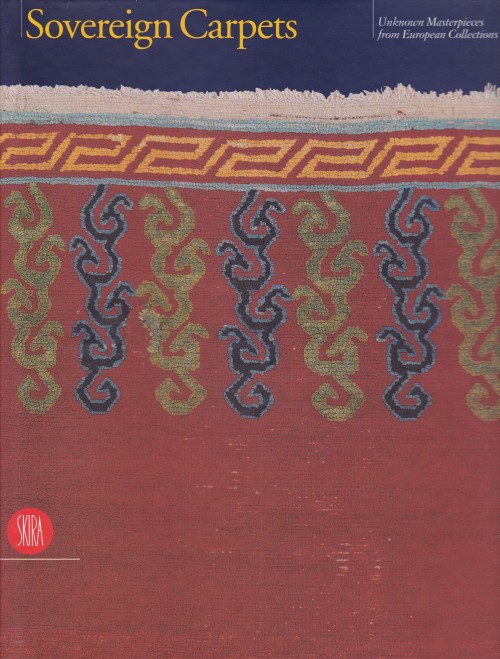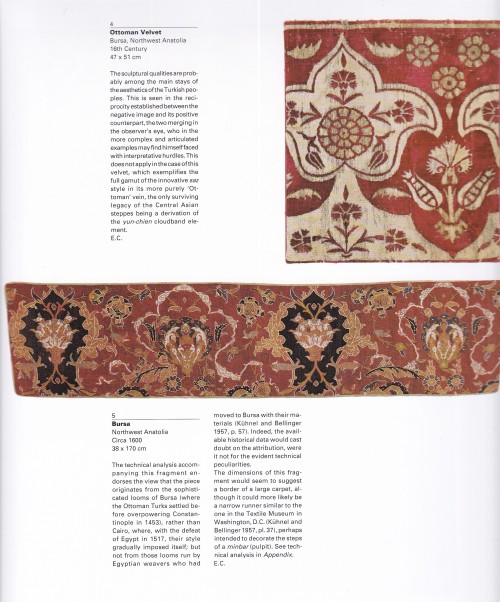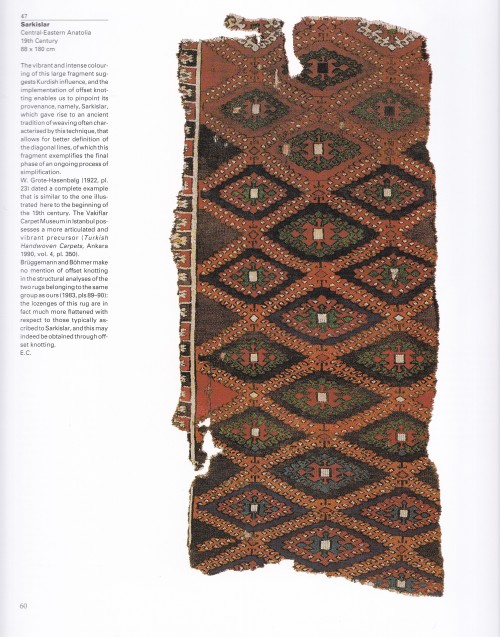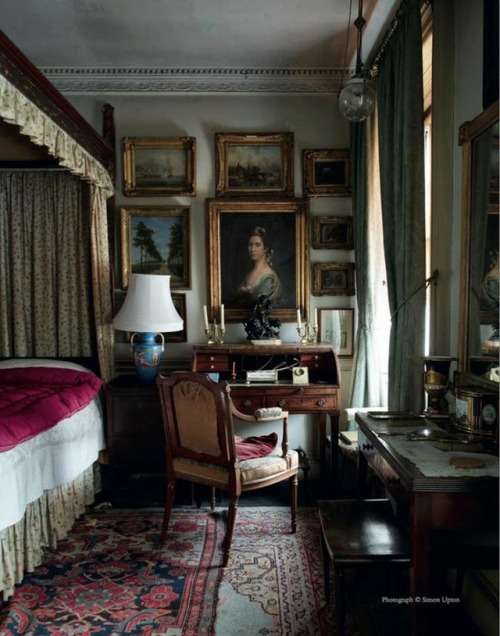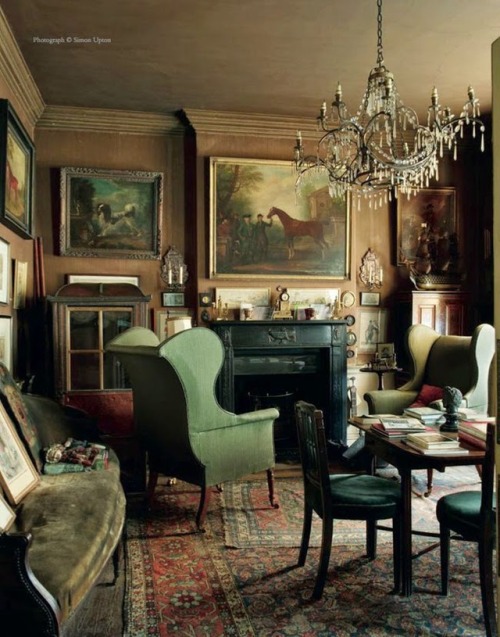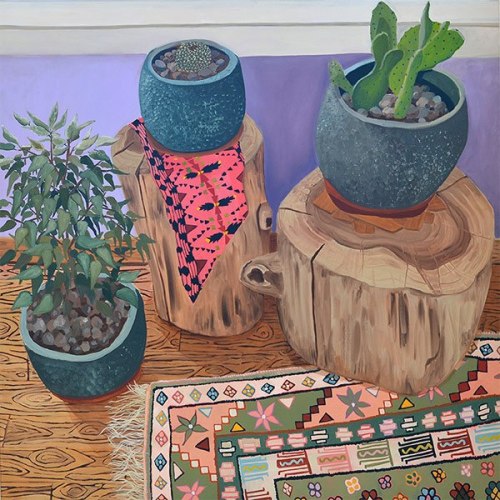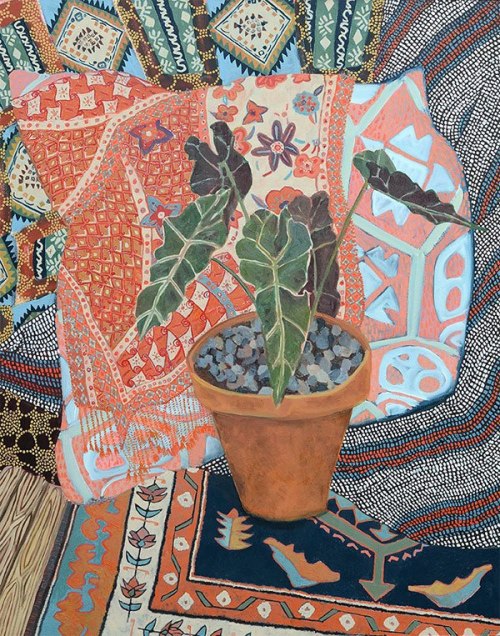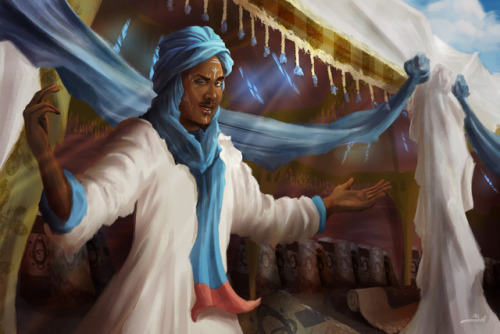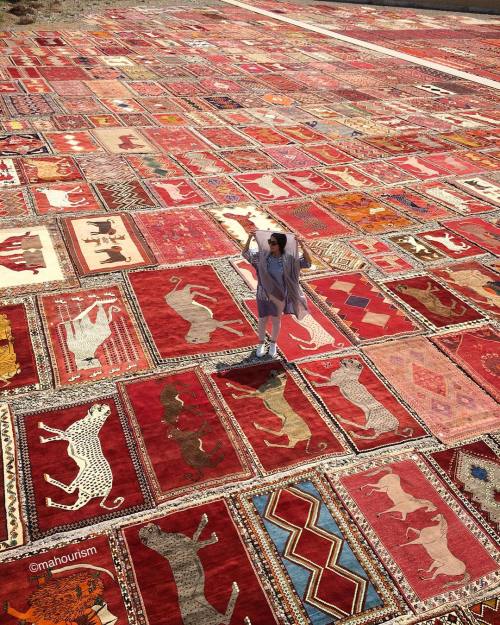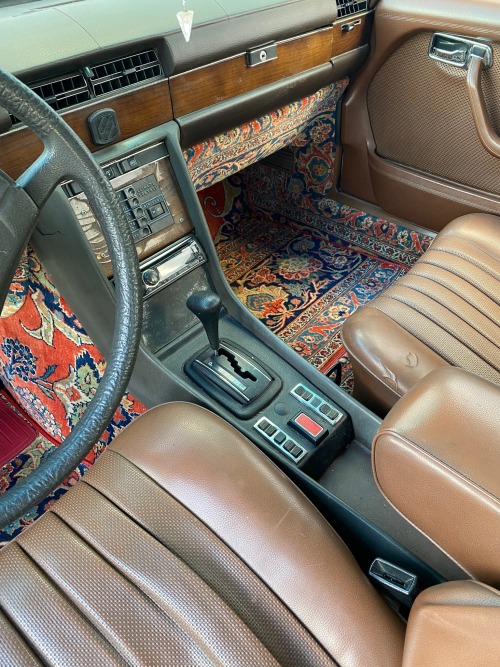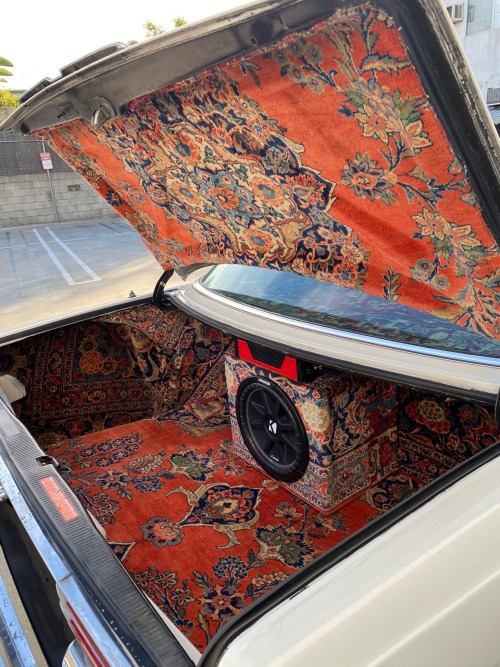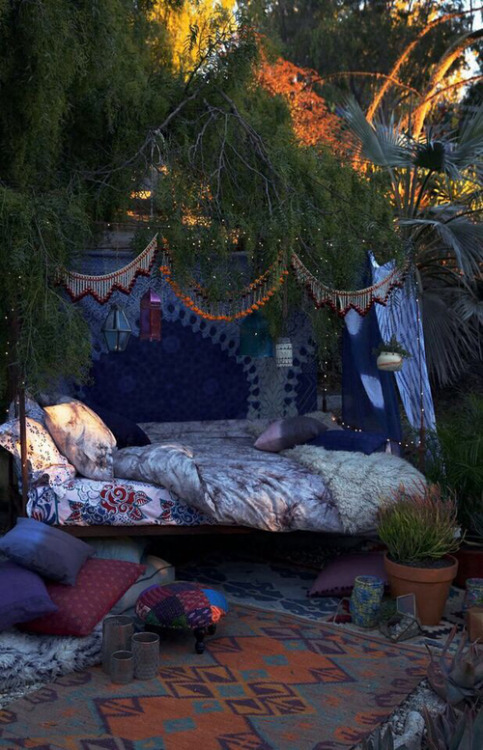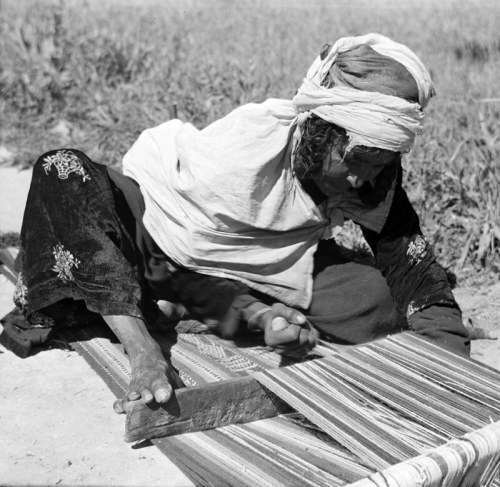#carpets
Sovereign Carpets
Unknown Masterpieces from European Collections
Edited by: Edoardo Concaro, Alberto Levi
Skira, Milano 1999, 240 pages, 230 col.illustrations, 21 x 28cm, English, ISBN 9788881186303
euro 43,00
email if you want to buy :[email protected]
The book illustrates the extraordinary and very ancient art of rugs with a relevant selection of Oriental rugs—from the oldest to the ones produced in the late nineteenth century—belonging to European private collections, besides a set of rugs coming from the Russian ethnographic museum of St. Petersburg.
The fruit of long research within the rich private artistic patrimony, the catalogue assembles two hundred Oriental rugs from the 15th to the 19th century, coming from Persia, Anatolia, the Caucasus, central Asia, Tibet, Turkestan
and China.
The pieces featured in the volume cover vast chronological and geographical sections of the fascinating world of carpets; the aim of the book is both eclectic and simple: to present very beautiful rugs belonging to private collectors and to give —through brief introductory chapters—an overview of the main carpet-weaving areas of the world.
A series of maps and a glossary of technical terms are designed to help the non professional reader.
There are several titles avaiable on carpets, but the peculiarity of this book is to illustrate many precious pieces from private collections, never shown to the public before.
05/04/22
orders to: [email protected]
ordini a: [email protected]
twitter: @fashionbooksmi
instagram: fashionbooksmilano, designbooksmilano tumblr: fashionbooksmilano, designbooksmilano
Post link
The museum believes these are lions, but they also look like barking dogs within dogs (they’re wearing collars). On a wool carpet made in Anatolia, Turkey, in the 14th century.
A group of these early animal rugs started appearing on the antiques market in the 1990s from Tibet, where they are believed to have been traded from Anatolia in early times. Anatolian animal rugs were also popular in Europe during the 14th-15th centuries and appear in European paintings.
Source:Met Museum
Post link
Art of Islam - Splendours of Islam
One of the clear examples of Islamic art: Muslim India
The text below is the excerpt of the book Art of Islam (ASIN: 1646993616), written by Gaston Migeon and Henri Saladin, published by Parkstone International.
https://www.amazon.com/Art-Islam-Gaston-Migeon/dp/1646993616?ref_=ast_sto_dp
The chasm separating India from the Islamic epicentre is so vast that Islamic architecture there was influenced by the flourishing art that had already been…

Prang Christmas Card
1880–90s
Chromolithograph (publisher’s proof)
Publisher: L. Prang & Co. (Boston, Mass.)
The New York Public Library, Print Collection
Post link


Carpet market. Derbent. 1981
Derbent is one of the oldest cities of the world. It is believed to be 5, 000 years old. Carpets are hanging on wall of Derbent Fortress. The Fortifications of Derbent (also transcribed as Darband) are one of the fortified defense lines built by the Persian Sasanian Empire to protect the eastern passage of the Caucasus Mountains (the “Caspian Gates”) against the attacks of the nomadic peoples of the Pontic–Caspian steppe.



Carpet weavers: Tabassaran, Armenian, Azerbaijani

